I have come across both the following approaches.


To my understanding the Model and the View doesn't communicate with each other and all communications should be done through controllers thus Method 1 is the proper way. But I have come across both approaches on various articles online.
What is the proper way to implement the MVC Architecture?
Thank You
